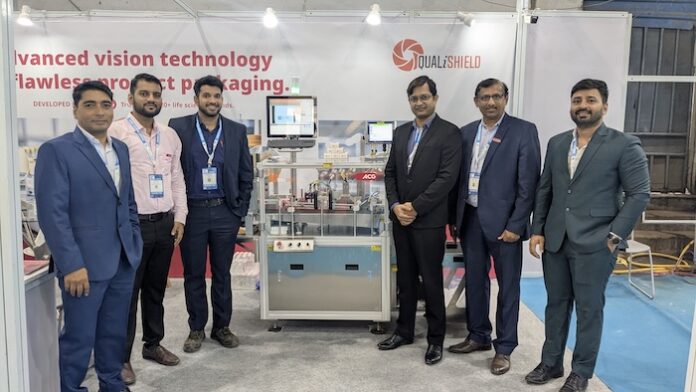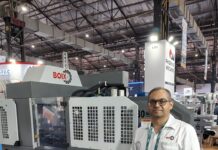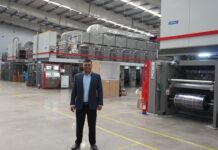ACG, an integrated solutions provider for the pharmaceutical and food industries, participated in Anuga FoodTec 2025 with its advanced inspection solution from Qualishield that helps to spot, verify, and elevate every pack before it reaches the shelf. The machine is designed to address packaging challenges, such as fighting counterfeits, providing sourcing information, and creating interactive consumer experiences by using features such as scannable QR codes.
Starting with capsule manufacturing, ACG grew into interconnected businesses that cover every stage of capsule production and packaging. Deepak Pal, senior sales manager at ACG Inspection, said, “We manufacture capsules, machinery to pack those capsules, packaging material to store them, and inspection machines to check the entire cycle.”
In addition, ACG offers traceability solutions where compliance demands serialization and unique identification of each medicine pack. “Recently, the Indian government mandated serialization for 300 medicines. Every individual pack must carry a unique code that allows it to be traced across the supply chain. This data is also required to be sent to the government portal,” Pal noted.
While ACG’s inspection and traceability solutions were initially developed for pharmaceuticals, the company is extending them into non-pharma sectors such as food, beverages, pet foods, and even cattle feed.
“Every food product carries a manufacturing and expiry date. If that information is missing or unreadable, consumers won’t buy it, and that means losses for manufacturers,” Pal said. ACG’s inspection machines ensure such critical details are not only printed but also verified for readability and accuracy.
The food industry, Pal admitted, is still in the early stages of adopting serialization and traceability. “Even pharma hasn’t reached complete adoption. Beyond the 300 mandated medicines, most others are still sold with only batch-level details,” he explained. However, he believes the demand will rise in food sectors, especially for high-value items such as protein powders, supplements, and other health-sensitive consumables.
For ACG, participation at the exhibition was an opportunity to create awareness. “Customers are often surprised that solutions like ours exist. None of our competitors at this exhibition offered traceability solutions. Some have inspection systems, but not complete serialization and authentication like we do,” Pal noted.
He said that while the showcased machine was initially developed for the pharmaceutical sector, the automation and machinery can be adapted to the specific needs of food and beverage manufacturers. “We want customers to know that these solutions can be customized. Whether it’s for namkeen manufacturers, pet bottle producers, or cattle feed suppliers, the core remains the same,” he said.
According to Pal, one of ACG’s strengths lies in the flexibility of its solutions. The core software, inspection systems, and rejection modules remain consistent across applications, while the hardware can be customized to fit individual production lines.












